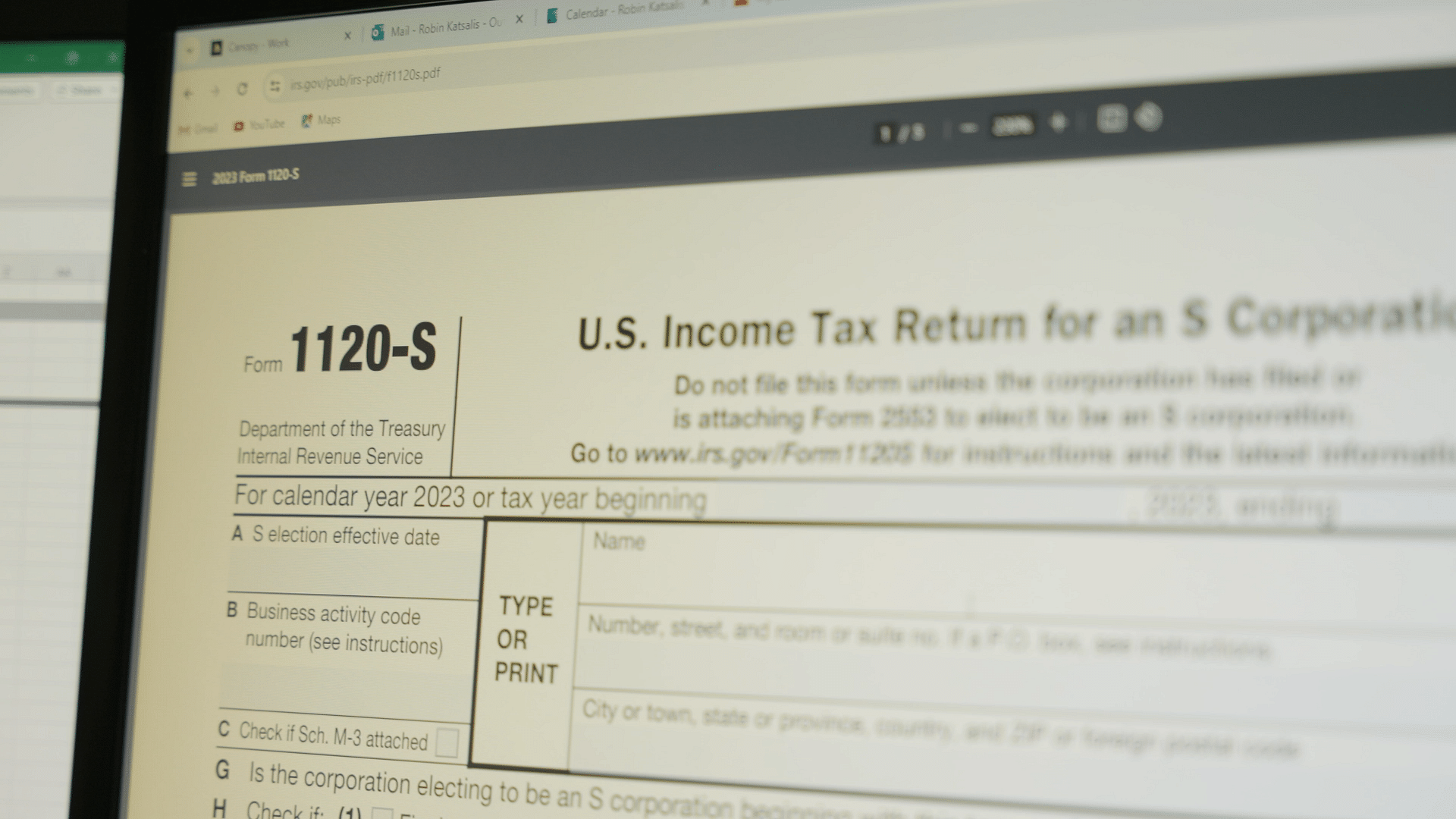
Are you getting all of your education tax benefits?
Apr 2nd, 2014
The tax code provides tax credits for post-secondary (college) education tuition paid during the year for a taxpayer, spouse, or dependents. Taxpayers should make every attempt to take advantage of these benefits. The most lucrative of the credits is the American Opportunity Credit (AOTC) that provides a partially refundable tax credit for the first four years of post-secondary education.
The credit is 100% of the first $2,000 spent on post-secondary education, not including room and board, during the year and 25% of the next $2,000 for a maximum credit of $2,500. The credit does phase-out for joint filers with incomes between $160,000 and $180,000. For single taxpayers, the phase-out is between $80,000 and $90,000.
There are some interesting quirks to this credit that give rise to some tax planning options. For starters, the credit is claimed on the tax return where the student's exemption is claimed. For example, suppose parents are divorced, the mother claims the child as a dependent on her return, and the father pays the child's college tuition. The mother would actually be the one who gets the credit. However, don't forget the credit phases out at higher incomes, and should the higher-income parent be claiming the student's dependency exemption, there may not be any credit at all. Any planning strategy must take into consideration the income of the one who is qualified to claim the exemption.
Another example is grandparents paying the tuition for a grandchild. They would have no gift tax issues if the tuition is paid directly to the school, since educational gifts are exempt from the gift tax. In addition, the one who claims the child, generally the grandchild's parents, gets the credit also free of any gift tax liability.
If you have multiple students in the family, the AOTC is a per-student credit so you can claim up to $2,500 for each student who meets the requirements, including the half-time enrollment requirement. Up to 40% of the credit may be refundable, but the balance can only be used to offset the current year's tax and any excess is lost.
There is also another less beneficial credit - the Lifetime Learning credit - that can be claimed when the AOTC no longer applies; rather than a per-student limitation, it has a per-family limitation and lower income levels at which phase-out of the credit starts.
If you would like to learn more about the American Opportunity Credit and other education tax benefits that can help you defray the cost of post-secondary education for yourself or your family, please call our office.
If you found this article useful, please share it with a friend.
Copyright 2014 by Steven A Feinberg (@CPAsteve) of Appletree Business Services LLC, a PASBA member accountant, located in Londonderry, New Hampshire, with more than twenty- five years experience on Federal and New Hampshire issues affecting small business, and specializes in keeping his clients OnTrack with bookkeeping, tax, and payroll services for a fixed monthly fee. Learn more about Steve's exclusive SIX Step system developed for small businesses at www.appletreebusiness.com/map.


Let’s Help Eliminate Your Stress
If you choose Appletree Business Services for your bookkeeping, payroll or tax needs, you’ll find that good things begin to happen in your business. Your common financial challenges will become simple with a clear map to create your ideal situation. More than that, we’ll identify your “typical” stresses and help make them go away.